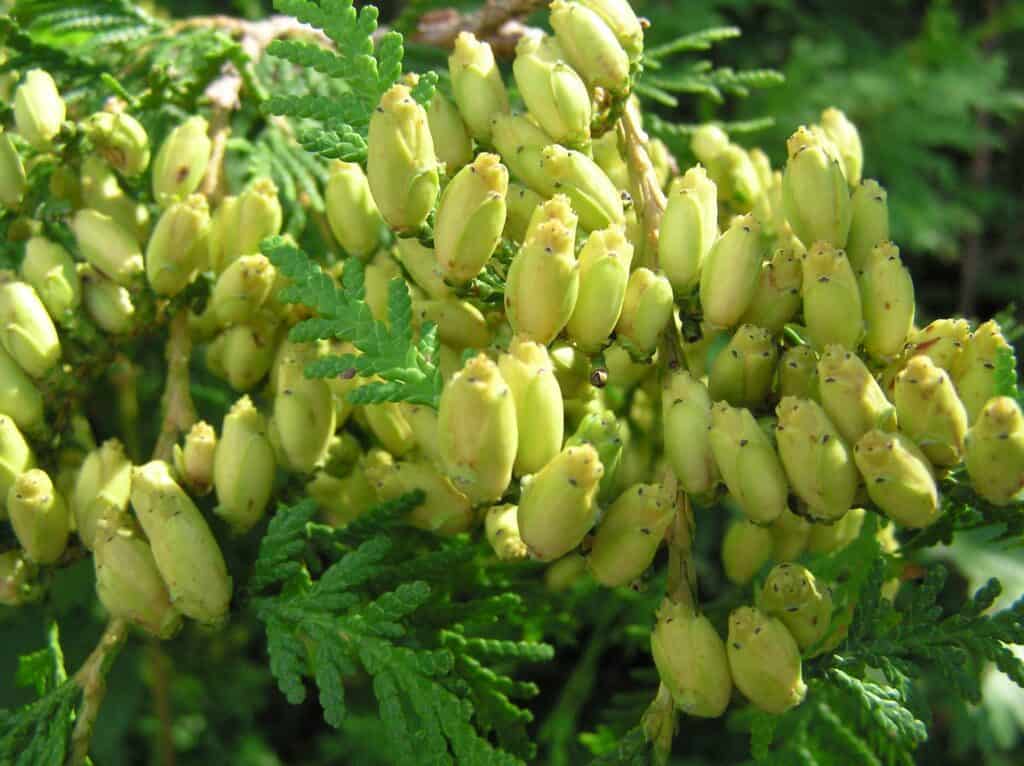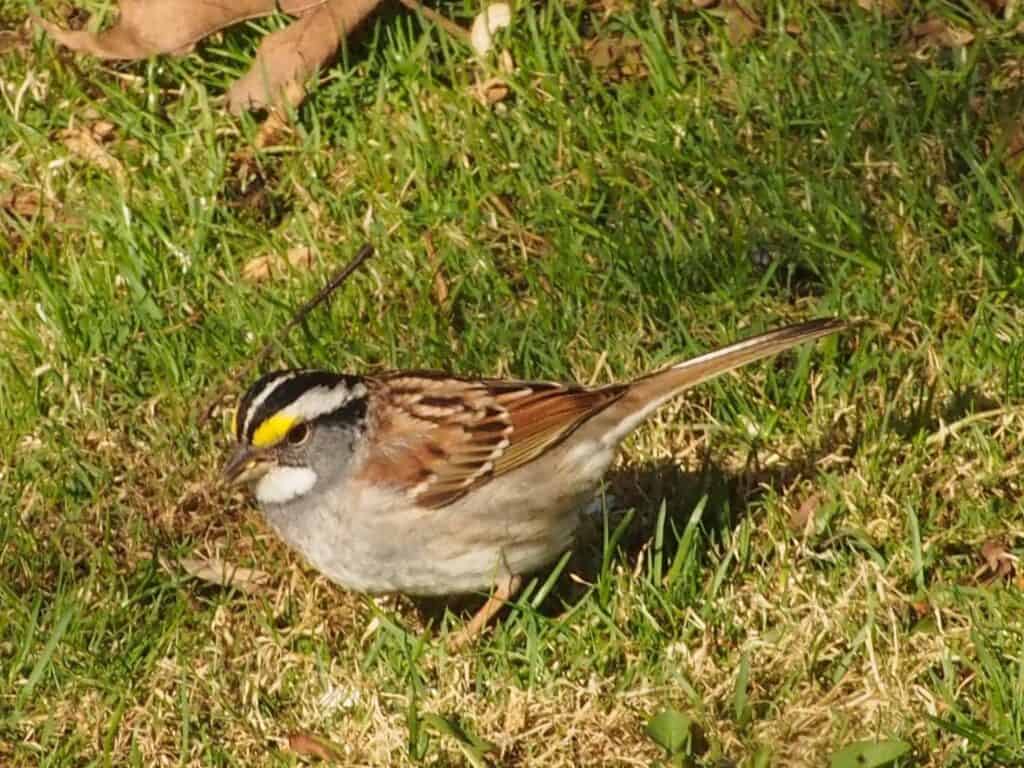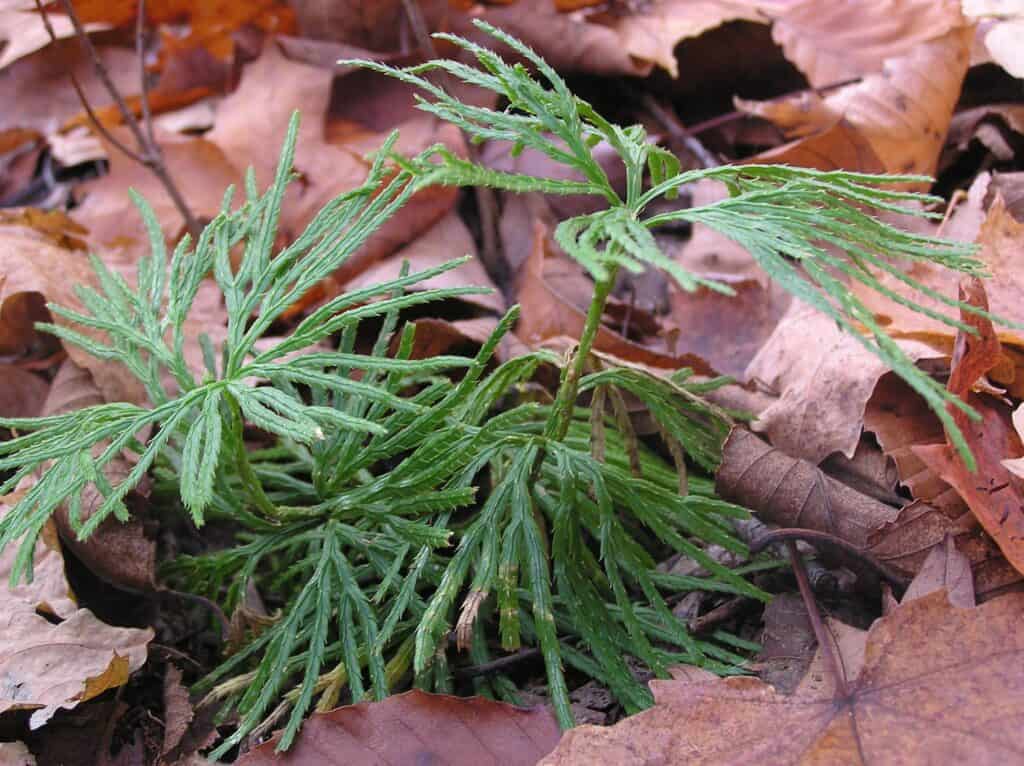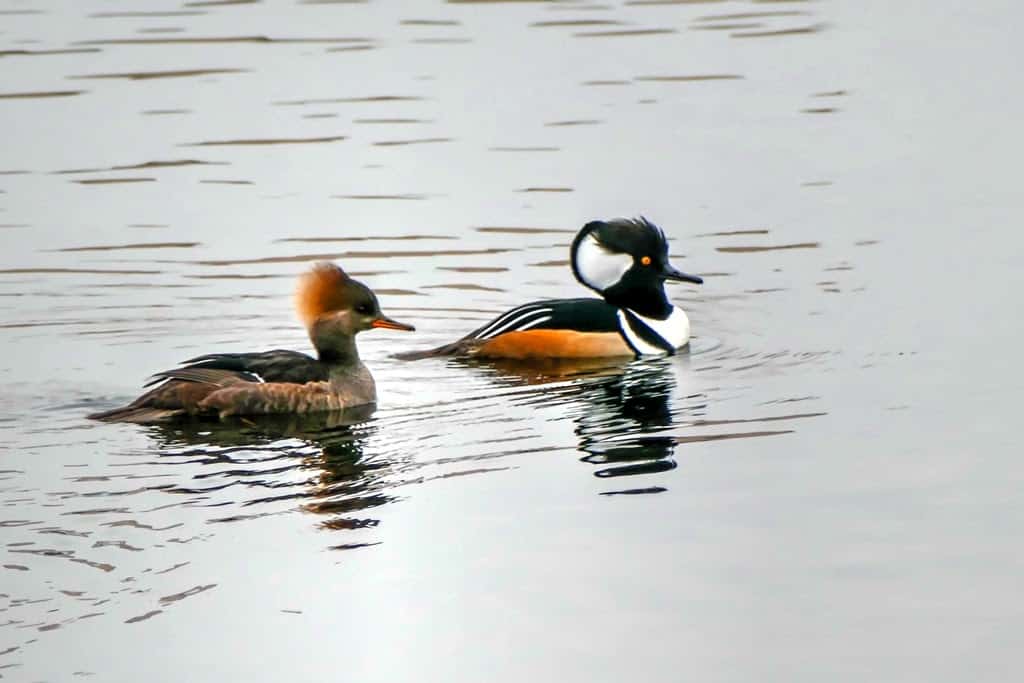Peterborough Examiner – September 17, 2021 – by Drew Monkman
Cooler temperatures, migrating birds, and a riot of colour are the hallmarks of this wonderful season.
Next to spring, fall’s arrival is my favorite change of season. The cooler temperatures and changing colours never fail to shake me out of my summary lethargy. This year is no exception, especially after August’s heat and lack of rain. There’s no better time than fall to do yard work, head out on your bike, or simply go for long walks. I also love the emotions that autumn evokes. Be it raking leaves, getting together with family for Thanksgiving, or simply witnessing nature’s preparations for winter, an element of wistfulness and reminiscence never seems far away.
Once again this year, fall is expected to be warmer than usual – and not just because of global heating. La Niña, the abnormal cooling of the surface water of the Pacific Ocean near the equator, is expected to usher in milder-than-normal temperatures along with a greater number of storms in southern Ontario.
Nature, of course, is experiencing huge changes as temperatures rise. As many readers already know, many new birds, mammals, and insect species from the U.S. have already expanded their range northward into the Kawarthas in recent years. Now, a report from the U.K. shows how warming temperatures are allowing dragonflies and damselflies to spread across the U.K. and Ireland at an amazing rate. Eight new species have arrived in the U.K. from other parts of Europe, while many others have expanded their range northward into Scotland. Being cold-blooded insects, dragonflies are very susceptible to temperature changes in their environment.
Looking ahead to the coming weeks, here is a list of events in nature that are typical of fall in the Kawarthas.
September
- Fall songbird migration is now at its peak, and the calls of migrating blue jays can be heard everywhere. Watch and listen, too, for warblers and vireos, often in the company of chickadees. These migrants are usually hidden by foliage, however, and will need some “pishing” to be coaxed out into the open. Be sure to take advantage of the free Merlin bird identification app. A new feature will even identify the birds that are calling around you.
- Yellowjackets have been common this summer, thanks in part to hot, dry conditions during much of August. Adults are attracted to sweet drinks for the sugar they need to fuel their bodies.
- It’s time once again to fill your bird feeders. Right now, my peanut feeder is seeing the most action. It’s especially popular with nuthatches and woodpeckers.
- The first fall colours are already evident. They come courtesy of Virginia creeper, staghorn sumac, chokecherry, dogwoods, white ash, and poison ivy.
- The cone, seed, and berry crops are especially abundant this year. Spruces, cedars, fir, maples, walnuts, dogwoods, and mountain-ash are but a few of the species offering up an extra big supply of food to hungry birds and mammals.
- American robins have now formed flocks with large numbers of speckle-breasted juveniles. Large congregations of European starlings, common grackles, and red-winged blackbirds are also a common sight, particularly in agricultural areas and wetlands.
- By the third week of September, ruby-throated hummingbirds will have abandoned our feeders and surrendered to the urge to migrate.
- The fall equinox occurs on September 22, marking the beginning of autumn. At the equinox, the moon and sun rise due east and set due west. The Harvest Moon, the full moon closest to the fall equinox, rises on September 20.

October
- Red and sugar maples usually reach peak colour in early to mid-October. This often coincides with Thanksgiving Weekend. I expect colours to be quite good this fall.
- Sparrow migration takes centre stage, making October one of the busiest times of the year for backyard feeders. Don’t forget to scatter millet or finch mix on the ground to attract dark-eyed juncos and both white-throated and white-crowned sparrows.
- A tide of yellow spreads across the landscape in mid- through late October. It comes courtesy of trembling and bigtooth aspens, balsam poplar, silver maple, white birch and, at month’s end, tamarack.
- Migrating diving ducks such as goldeneyes, buffleheads, scaups, and mergansers stop over on our larger lakes such as Pigeon and Rice. Often the best viewing, however, is at the Lakefield Sewage Lagoons. They are located about a half-kilometre east of the intersection of County Roads 32 and 33.
- The first northern finches often turn up in late October. To learn which species to expect this fall and winter, Google “winter finch forecast 2021-2022”. The forecast should be online soon.

November
- Non-native trees and shrubs like lilac and buckthorn, along with our native oaks, tamaracks, and silver maples are about the only species that still retain foliage in early November.
- Standard Time returns on Sunday, November 7, at 2:00 am.
- The antlers of buck white-tailed deer have now matured and hardened. The deer are “in rut” – at the peak of their sexual readiness. Drive carefully, because accidents involving deer are common this month.
- Coyotes are often heard in late fall. The coyotes of central Ontario are closely related to the eastern wolf (Canis lycaon) and the two species sometimes hybridize. All wolf-like animals of Peterborough County contain, to varying degrees, both coyote and eastern wolf genes.
- This is a great time of year to focus on evergreen plants of the forest floor and rock outcrops. Look for wood fern, rock polypody fern, mosses, and both ground-pine and ground-cedar club-mosses.
- Ball-like swellings known as galls are easy to see on the stems of goldenrods. If you open the gall with a knife, you will find the small, white larva of the goldenrod gall fly inside. The larva spends the winter in this cozy enclosure, before emerging in the spring as an adult fly.

December
- Ducks lingering until freeze-up may include common goldeneye, both common and hooded mergansers, and American black duck. Many mallards and some trumpeter swans overwinter here.
- Identifying and interpreting mammal tracks is a fascinating pastime and adds a great deal to a winter outing. Lots of online identification resources are available.

CLIMATE CHAOS UPDATE
In only 44 days, COP26 will begin in Glasgow. This climate summit of the world’s nations may be the last opportunity to coordinate the drastic mitigation action called for in the Intergovernmental Panel on Climate Change (IPCC) report released this summer.
ALARM: It’s impossible to exaggerate how serious the climate crisis has become. The IPCC’s “code red for humanity” report from August 9 stated in the starkest terms possible that Earth is on the precipice of runaway, uncontrollable heating. Without unprecedented international action, we will continue our course towards nightmarish climate catastrophe for the entire planet.
ACTION: The most important climate action anyone can take right now is to vote with climate change top of mind. That means voting for a party that not only promises aggressive emission reductions but also has the best plan to make it happen. Given all that’s at stake, other considerations in how we vote really do have to take a back seat. For me, this means voting Liberal. I believe they have the best climate policies, an opinion shared by many experts. Highly respected climate policy academic Mark Jaccard of Simon Fraser University as well as the editorial board of the Globe and Mail give the Liberal plan top marks. As for what the Conservatives are proposing, their emissions reduction target of 30 per cent by 2030 is simply unacceptable, as is their poorly crafted carbon tax. A goal of 30 per cent flies in the face of what the science deems necessary, especially considering the COP26 summit in which countries are expected to greatly increase their ambitions – not keep them the same.